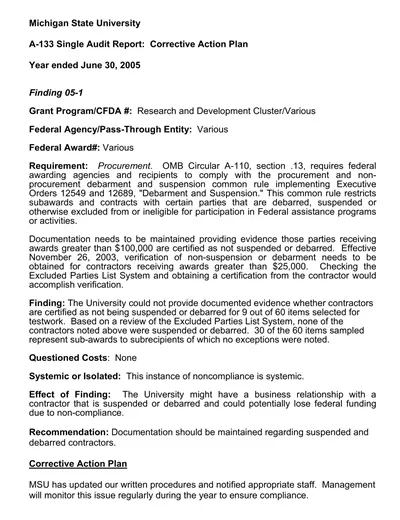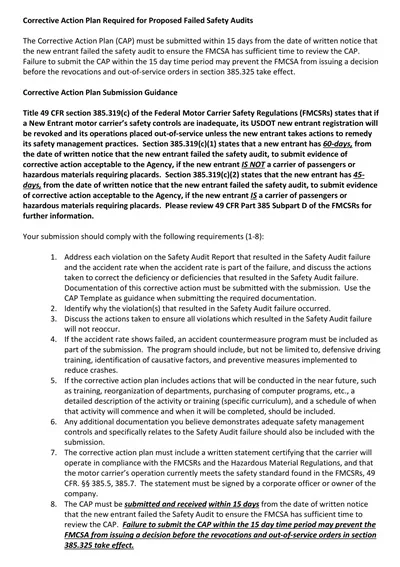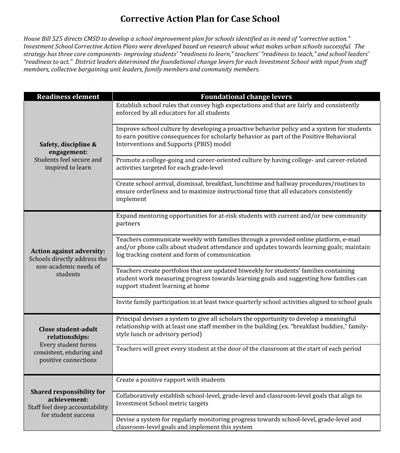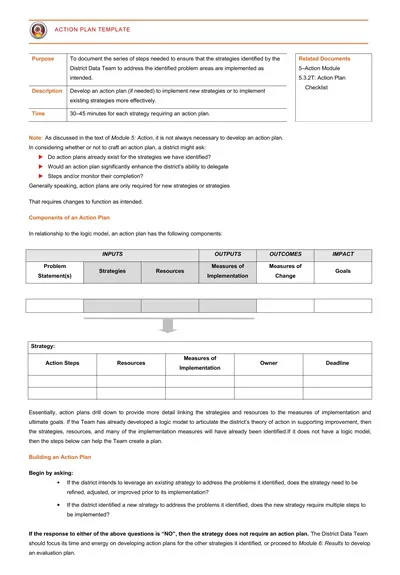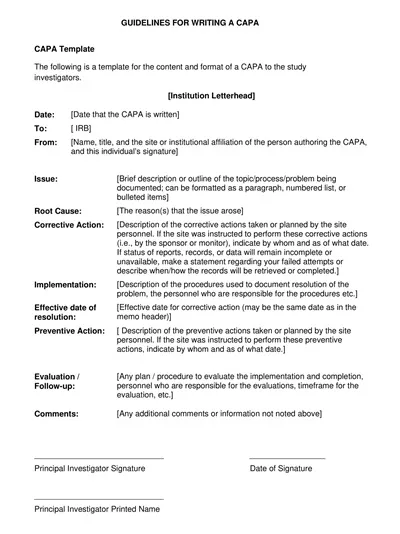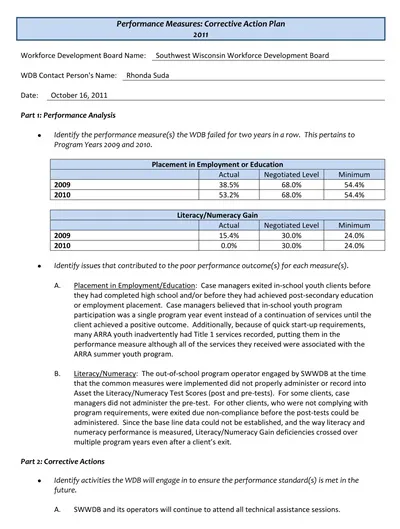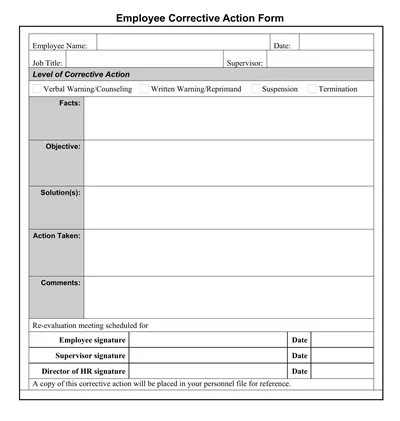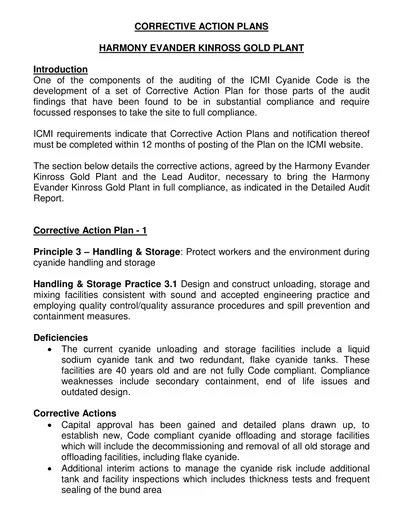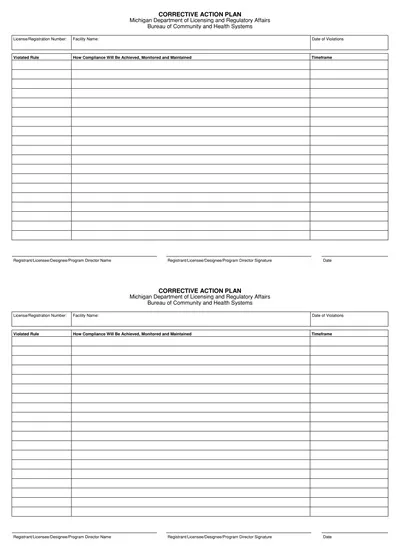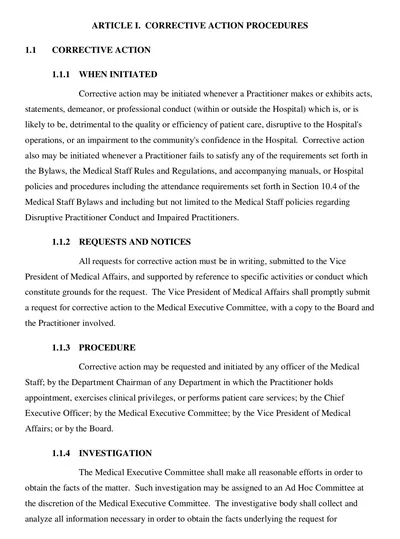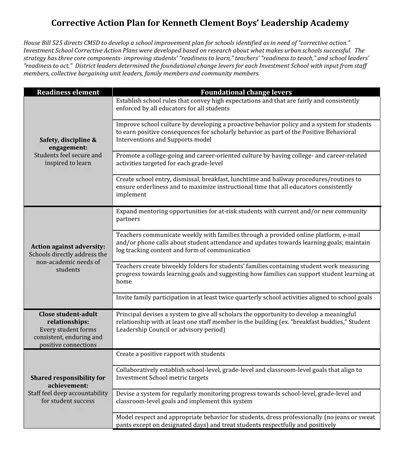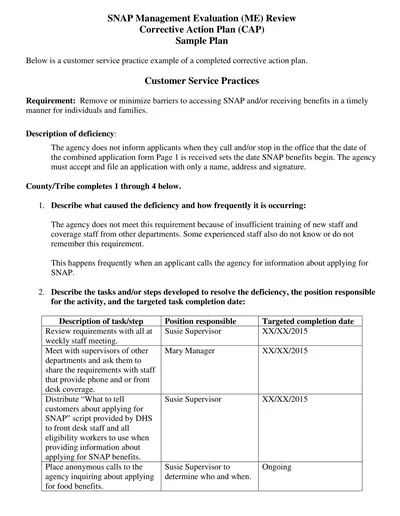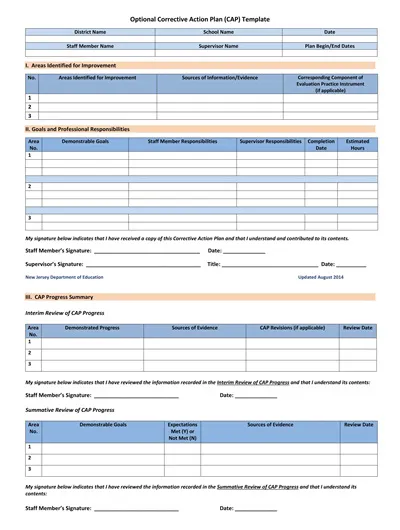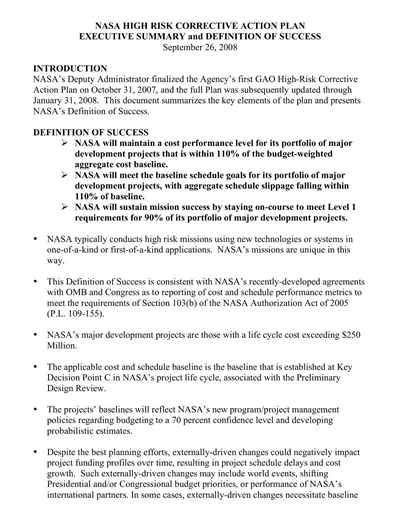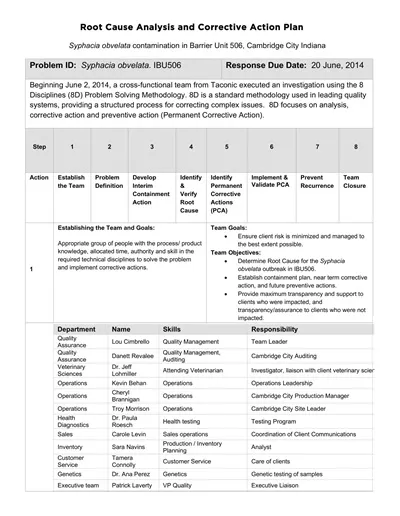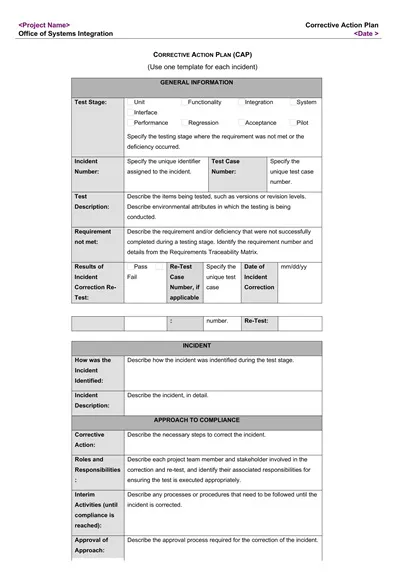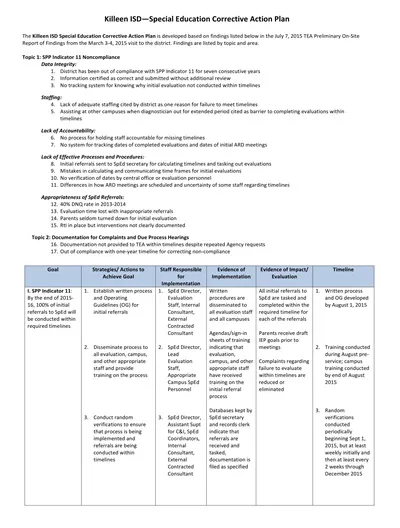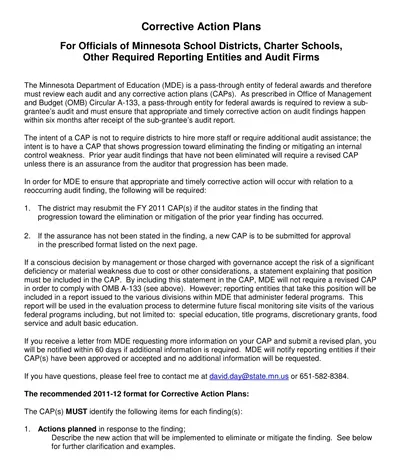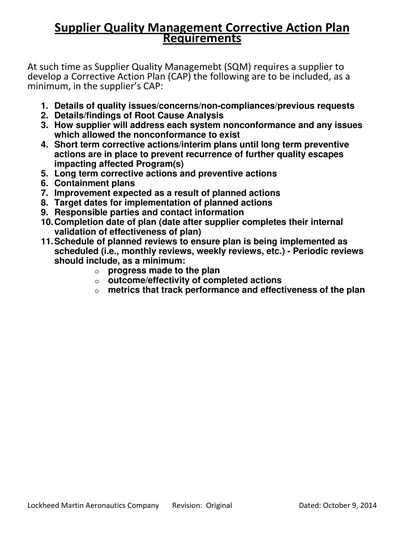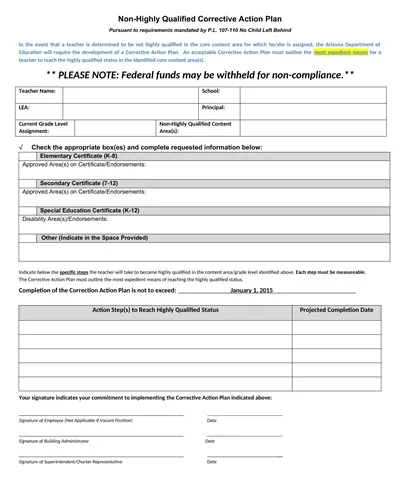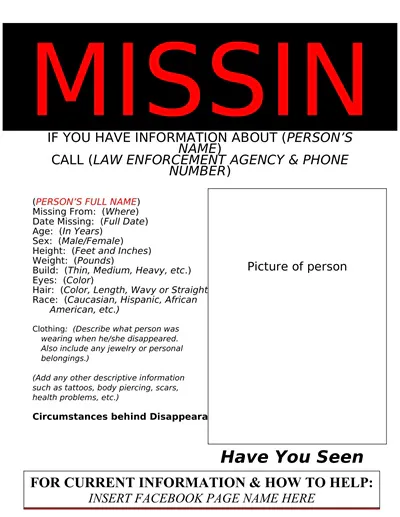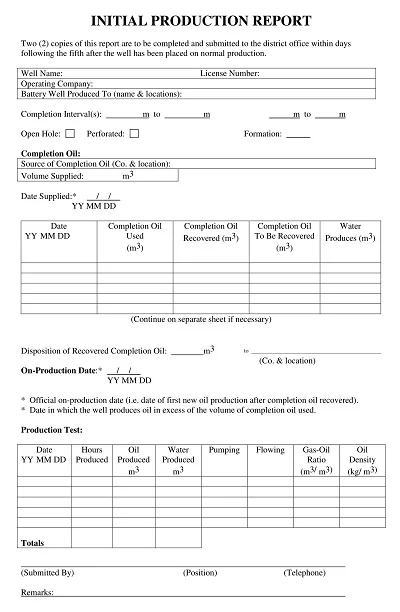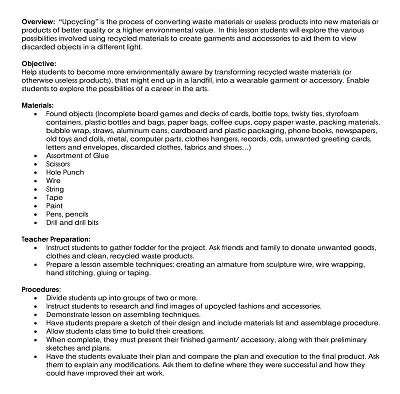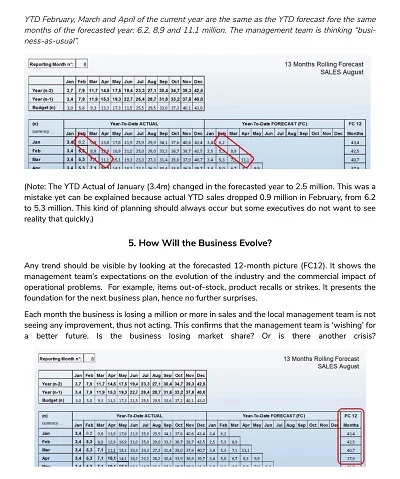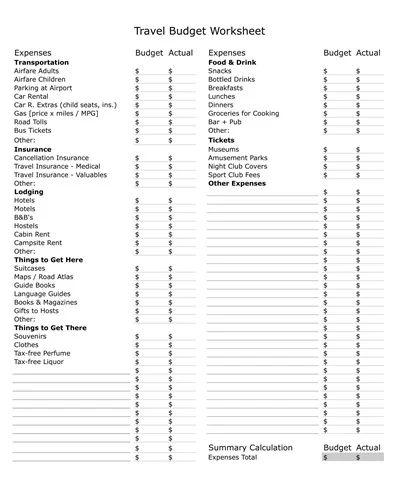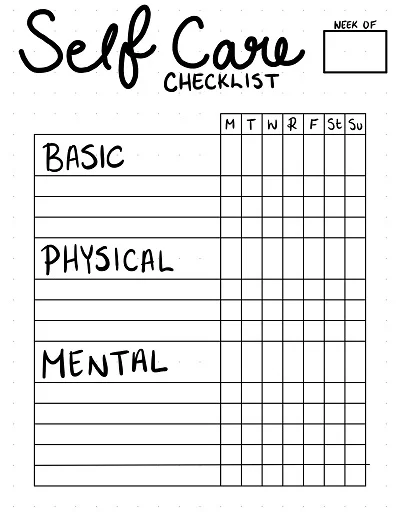A Corrective Action Plan Template is a pre-planned structure that organizations follow in order to identify and fix problems that prevent their operations from achieving specific goals. The following is a template of how such a process can identify the cause of a given problem, recommend possible solutions, and implement improvements to avoid likely repeat instances.
Commonly, it contains the issue description, corrective actions, who is responsible for what, when it will happen, and how the follow-up will be conducted. By applying this template, the organization is guaranteed a standard procedure in the solution process of problems through proper recording of specific and vital courses of action together with their corresponding responsibilities. This would always help the continuous enhancement of the efficiency of the organization.
Download Free Printable Corrective Action Plan Templates
What is a Corrective Action Plan?
A corrective action plan concerns an approach adopted by an organization to fix detected problems that aim at enhancing the efficiency of operating processes. It performs the function of a clear map with specified measures that need to be taken to rectify shortcomings, control for risks, and eliminate subsequent instances of the same issues.
Systematic problem solving, therefore, makes a CAP not only a tool for addressing existing problems but also a way of building towards future solutions that would increase overall organizational problem-solving capability.
A CAP involves determining the type of problem, understanding its source, establishing possible remedies/solutions, delegating roles and timelines, and reviewing techniques to monitor the implementation progress and assess impacts. With the analysis of numerous aspects, a Corrective Action Plan assists organizations in achieving compliance goals as well as promoting an organizational culture of improvement.
Key Components of a Corrective Action Plan
A Corrective Action Plan is comprised of several essential components that ensure its effectiveness and thoroughness:
- Problem Identification: From the details above, it is pertinent to state that categorizing systematically involves clearly defining and documenting the issue at hand Hair. This section should list and describe any findings which led to the identification of the problem.
- Root Cause Analysis: Perform research to establish more about the problem’s cause (s). One must remember to check the quality of the root cause analysis, and mechanics like fishbone diagrams or the 5 Whys method might come in handy here.
- Corrective Actions: That means coming up with specific, actionable plans addressing the current problem and the root cause of such a problem. To the best of my knowledge, I have not gathered and presented what must be done, who will do it, and how it will be done to undertake the proposed actions in this section.
- Responsibilities and Accountabilities: Ensure that every action item is taken by a particular person or a particular team in the organization. This guarantees efficiency and transparency when implementing activities as planned in the course of the plan’s implementation.
- Timeline and Milestones: Identify and set reasonable periods to achieve such remedial measures, as well as major steps to use in evaluating the results and effectiveness of the measures. It must be reasonable and, at the same time, suitably short so that it could address risks effectively.
- Monitoring and Evaluation: Develop a procedure for how forensics can track the pace of the corrective actions and appraise the actions after implementation. This comprises requirements for the achievement of goals and ways of changing the course of action in case of unfavorable outcomes.
- Documentation and Reporting: Make sure that all activities within the CAP are documented well and reported to the stakeholders appropriately. This increases the flow of communication that is needed when implementing new change and improves the sharing of what has been learned throughout the organization, hence improving changes.
The Corrective Action Plan provides a structured problem-solving and process improvement model through these components.
Benefits of Using a Corrective Action Plan
There are many benefits of doing a Corrective Action Plan (CAP) which improves operations within an organization in numerous ways.
1. Improved Problem-Solving
A CAP encourages an organized approach to working with problems since it lays much emphasis on the identification of the causes and attendant measures. This results in creating even better solutions that solve issues’ root causes as opposed to covering up the effects.
2. Enhanced Accountability
Consequently, by delegating specific roles and coordinating accountabilities, a CAP assists in embracing tasks and clarifying the members’ roles in corrective procedures. Such clarity minimizes the chances of making mistakes and improves observation of organizational operations.
3. Risk Mitigation
Implemented corrective actions ensure that similar problems do not reoccur, reducing the various risks to the organization. In so doing a CAP can go along way to reducing the potential for failure and at the same time create a safer and more reliable operational milieu.
4. Continuous Improvement
A CAP makes positive changes sustainable through constant assessment and review of the activities put into practice. Due to this feedback process, it becomes possible for organizations to improve on processes continuously, gain more experience, and enhance performance.
5. Compliance and Standardization
To that end, using a CAP allows organizations to meet external regulatory and internal organizational standards for problem-solving. This makes it easy for solutions to be standardized to fit into every department in an organization.
6. Improved Communication
The documentation and reporting elements of a CAP enhance the achievement of transparency and hence enhance the flow of communication among the different stakeholders. Communication of experience and status contributes to increased awareness of group tasks in relation to organizational objectives.
In sum, the Corrective Action Plan is an effective means that deals with specific concerns and effectively prepares organizations and their leaders for the present and anticipated challenges that form the context for organizational competitiveness.
Importance of a Corrective Action Plan
The importance of a Corrective Action Plan (CAP) in an organization cannot be over-emphasized. First, it plays the role of a control that helps keep all aspects of business performance at the highest level. By proactively solving problems, a CAP preserves the organization’s norms and image.
Furthermore, it plays a significant role in risk management since it can equate the present threats and take steps in anticipation of stopping them. This measure proves preventive, thus eliminating sources of interruption and possible losses.
Moreover, the CAP encourages people’s accountability and warrants disclosure since all corrective actions require documentation. Internal communication also gets a boost from this, while stakeholders’ confidence and trust are also boosted. Last, a well-performed CAP helps achieve organizational learning by revealing gaps in operations and direction for development and subsequent growth or innovation.
That is why, when the management integrates such practices into the organizational structures, a Corrective Action Plan becomes as vital a tool as any in reaching organizational goals in the long term.
How to Use a Corrective Action Plan Template
To realize effectiveness in a CAP and generate expected results, employ a CAP template as a best practice format. Here’s how to make effective use of the template:
- Identify the Issue: Begin by identifying a clear need that must be satisfied. Include all the background information to help the court understand dates, incidents, or complaints.
- Describe the Impact: Enumerate the effects of the problem on the organization. Include evidence that was used in the identification of these and explain why they should be corrected.
- Perform Root Cause Analysis: Handy tools that should help include fishbone diagrams and the 5 Whys. List all the possible root causes and identify which caused a main or significant effect.
- Outline Corrective Actions: Plan: Detailed action needs to be taken to address the problem. Specify what ought to be done, by whom and to what extent, and what is required to accomplish these activities.
- Assign Responsibilities: Go further and delineate who is to be personally or the team responsible for each action item. Every member should know who will do what and when in the implementation process so that timelines for each task can be incorporated.
- Set Milestones and Timelines: Explaining these measures, they should also set measurable goals that would reflect the process of corrections. Set a proper timeframe, which would enable effective upfront handling while recognizing modifications that could be desirable.
- Develop Monitoring and Evaluation Criteria: Introduce systematic ways to evaluate the impact of corrective actions. Make it clear where success can be measured and how plans will be adapted if targets are not achieved.
- Ensure Thorough Documentation: Ensure all activities of the corrective action process are recorded in the template at every phase on a flow basis. These make a difference in tracking the progress made, creating additional lines of communication, and ensuring everyone is on the same page.
Following this template also creates a full and proper Corrective Action Plan to move toward resolution and improvement efficiently.
How to Create a Corrective Action Plan Template
Developing a correct action plan template includes the following steps to make the subsequent document professional and universal for different cases happening in the company. Here’s a step-by-step guide on how to create a CAP template:
Define the Template Structure
Start by explaining the structure of this template. Certain elements should be accomplished to contain Issue Identification, Root Cause Analysis, Corrective Actions, Responsibilities, Timelines, and Monitoring Criteria.
Issue Identification Section
Design a section to include specific information regarding the problem. This should involve the creation of fields for the incident date and location, the parties involved, and a brief description of the incident.
Root Cause Analysis
Implement tools and methods in this section to complement a more profound exploration of the underlying problem. It would be helpful to point to diagrams, checklists, questionnaires, or brainstorming when looking at all the possible causes.
Corrective Actions Specification
Ensure the action list proposed has a clean, doable layout. Ensure there are fields for entering action needed, expected results, persons accountable and/or involved, and any required resources or approvals.
Responsibilities and Roles
Extract information and develop a table or list format view of who is doing what so that the relationships between team members and individual accountability can be clearly understood.
Timeline and Milestones
Add one more feature to the timetable that would reflect a more or less realistic schedule. Insert empty cells to denote important events with scheduling realistic targets complete with provisions for changes mid-stream.
Monitoring and Evaluation
Preliminary criteria to be focused on the continuous evaluation process. Make vertical space to write progress reviews and measure success factors and signs that signify the possibility of changes to the plan as per the achieved results.
Documentation Requirements
Make very sure that the template used retains an unbroken record of all activity logs, decisions made, changes made, any communication made, and all the dockets of the CAP.
That way, the template acts as an effective means of enabling the desired type of strategic problem-solving while also supporting the culture of ongoing organizational improvement.

